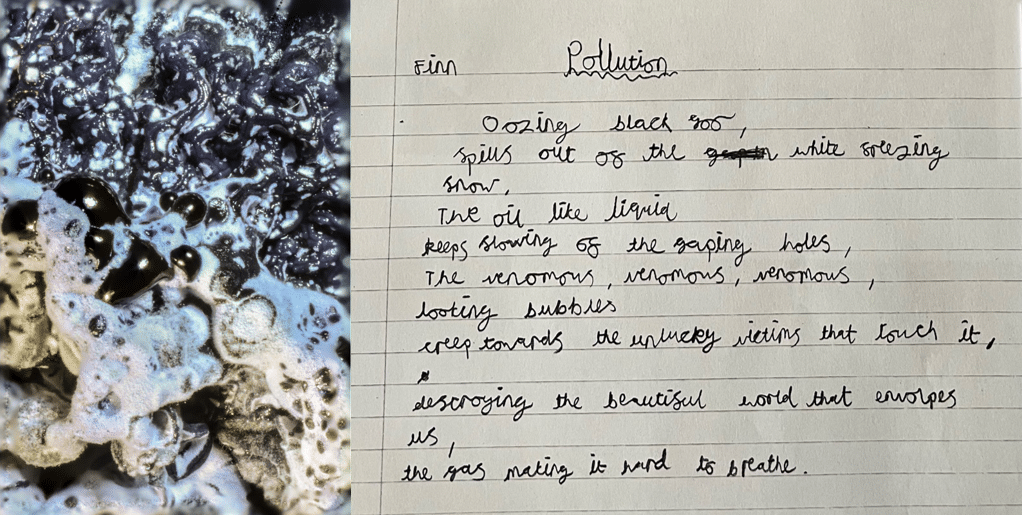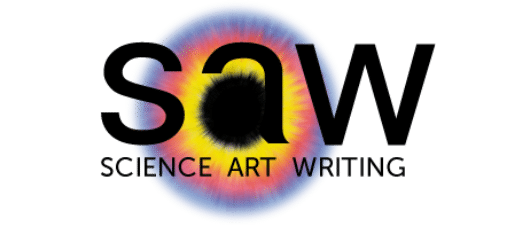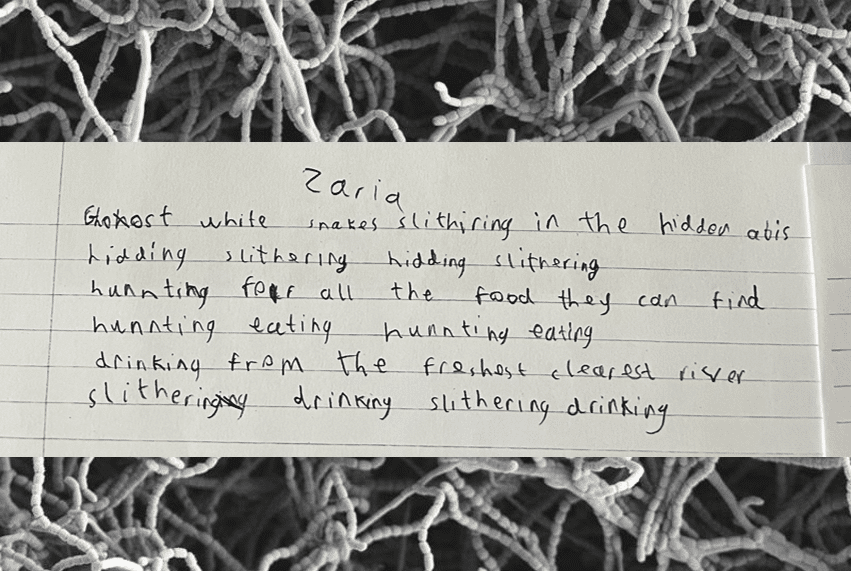From SAW’s very beginning in 2005, all our projects have begun with the collection of scientific images, from the abstract to the unrecognisable, a set of intriguing images prove to be the key to drawing people in.
We have all heard the cliché, “a picture paints a thousand words” but there is real value in using images as an accessible way to encourage curiosity which is why we continue to use carefully selected images to underpin our cross-disciplinary projects to this day.
Abstract scientific images don’t have an immediate association with the physical world, so are open to subjective interpretation. These interpretations build desire in SAW workshop attendees to want to learn more, investigate and explore.
Each cross-disciplinary project we create is underpinned by a set of 6 to 10 images. This is the starting point for bringing together the SAW team of scientists, artists and writers, and the catalyst for discussions and the designing of our workshops.
Abstract scientific images don’t have an immediate association to the physical world, so are open to subjective interpretation.
The images will feature in the science session but may not be fully explained. This enables the writing and art sessions to invite participants to explore images with their imaginations leading to diverse personal responses that can be communicated through poetry and creative art.
In a recent SAW workshop with year 4 and 5 children from Preston and Saxlingham Primary schools in Norfolk, the children were learning about underground communication between plant roots and microbes in the soil.
The scientists put together a set of images to represent the topic and feature as the children moved from science to poetry and then art.
In the poetry session, participants are invited to imagine and describe what each image reminds them of in a collaborative class brainstorming activity. Ideas are scribed on a board and children start to generate ideas to include in their unique poems.

Images have the power to pull concepts through from the science, at times embedding new vocabulary but always providing unique responses, that paint a picture in the minds of the reader.
SAW’s approach shows the capacity that images have to grab attention and in turn, aid learning by helping to explain key messages, and build confidence for communicating through poetry and visual art.
Science images courtesy of the Norwich Research Park Image Library.

